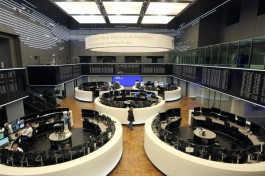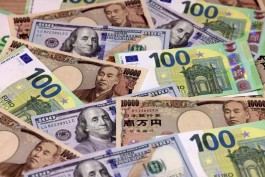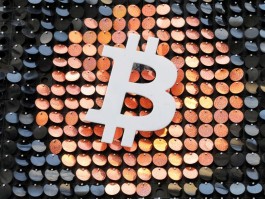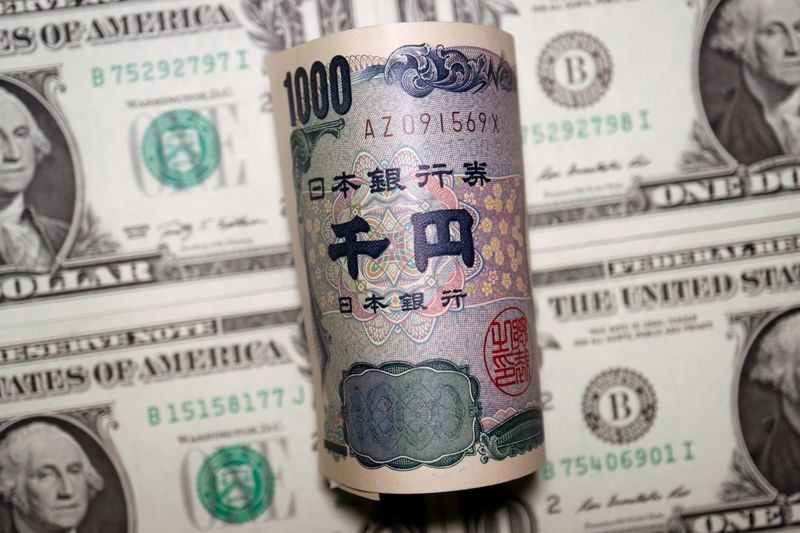The Japanese yen fell in the Asian market on Monday against a basket of major and minor currencies, deepening its losses for the fourth consecutive day against the US dollar, recording its lowest level in two months, due to renewed concerns about interest rate differentials between Japan and the United States.
Less aggressive comments in Japan have reduced the chances of a third hike in Japanese interest rates this year, while the chances of a 50 basis point US rate cut in November have receded after strong US labor market data. Price outlook • Japanese yen exchange rate today: The dollar rose against the yen by 0.3% to (149.12 yen), the highest since August 16, from the opening price of today's trading at (148.71 yen), and recorded a low of (147.53 yen).
The Japanese yen fell about 1.2% against the US dollar on Friday, its third straight daily loss, after strong US labor market data.
The yen lost 4.6% against the dollar last week, its second weekly loss in three weeks and its biggest weekly loss since February 2009, on signs that another interest rate hike in Japan is now far away.
Less aggressive comments
Japan's new Prime Minister Shigeru Ishiba said last week that the country's economic conditions do not currently support raising interest rates again. Shigeru Ishiba reiterated that the Bank of Japan is responsible for the details of the country's monetary policy.
It is important to maintain accommodative conditions, and we need more time to adopt the theory of achieving the 2% inflation target, said Bank of Japan member Asahi Noguchi.
Japanese interest
The above comments have led to the fading of hopes for a Japanese interest rate hike at the monetary policy meeting scheduled for October 31, in addition to weak possibilities for a third increase in Japanese interest rates at the upcoming December meeting.
US interest
The US added 254,000 non-farm jobs in September, beating market expectations of 147,000, and August jobs were revised up from 142,000 to 159,000.
The unemployment rate fell to 4.1% in September from 4.2% in August, better than market expectations of a 4.2% rate, while average hourly earnings rose 0.4% in September, better than market expectations of a 0.3% increase, and the previous reading was revised from a 0.4% increase to a 0.5% increase.
Following this data, according to the CME Group's FedWatch tool: The pricing of the probability of a 50 basis point cut in US interest rates at the November meeting fell from 33% to 3%, and the pricing of the probability of a cut rose by 25 points from 67% to 97%.
interest rate differentials
Interest rate differentials between Japan and the United States are currently stable at 475 basis points, the lowest since February 2023, and based on the above assumptions, these differentials are expected to remain stable until the Federal Reserve meeting on November 7.
There were high hopes that the spread would narrow to 450 basis points in October if the Bank of Japan raised interest rates for a third time this year, but further increases in Japanese interest rates are now unlikely after Shigeru Ishiba became Japan's new prime minister.
Therefore, the narrowing of interest rate differentials between Japan and the United States has become more linked to the Federal Reserve’s implementation of the monetary easing cycle, and with the US economy disclosing more strong data, especially on the labor market, this implementation is likely to be less aggressive, which supports the dollar exchange rate against the yen.






































